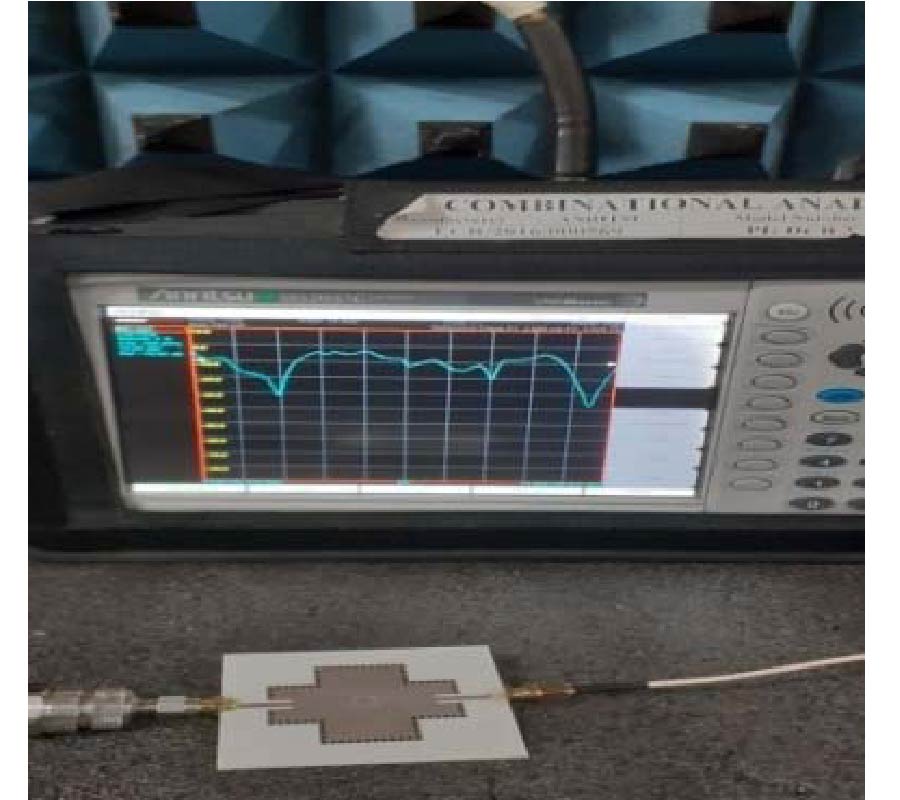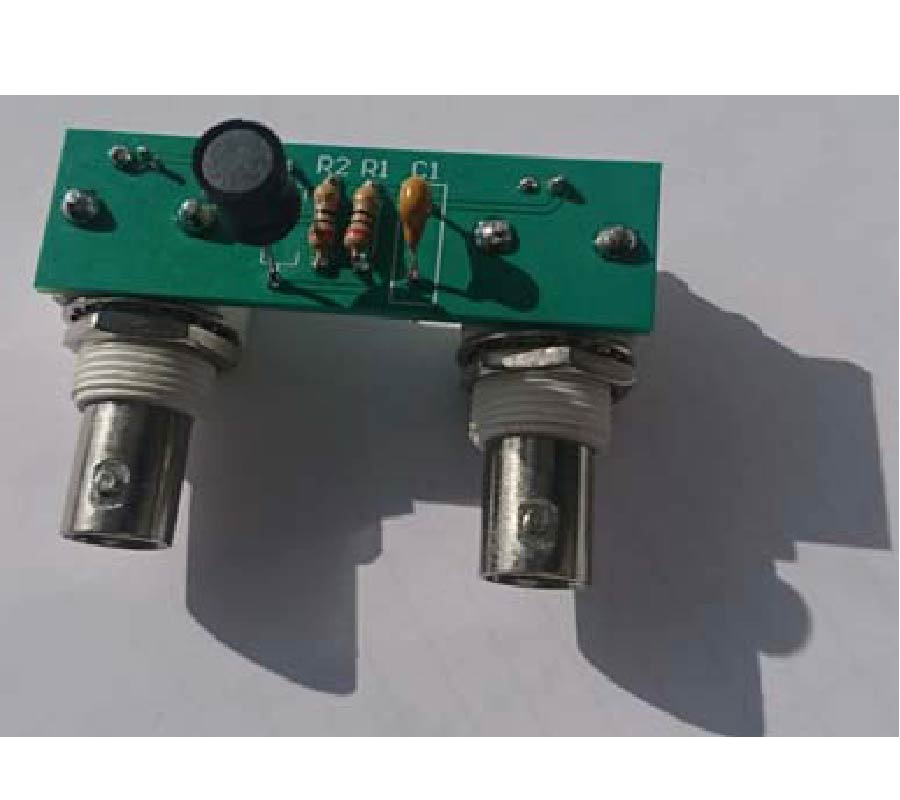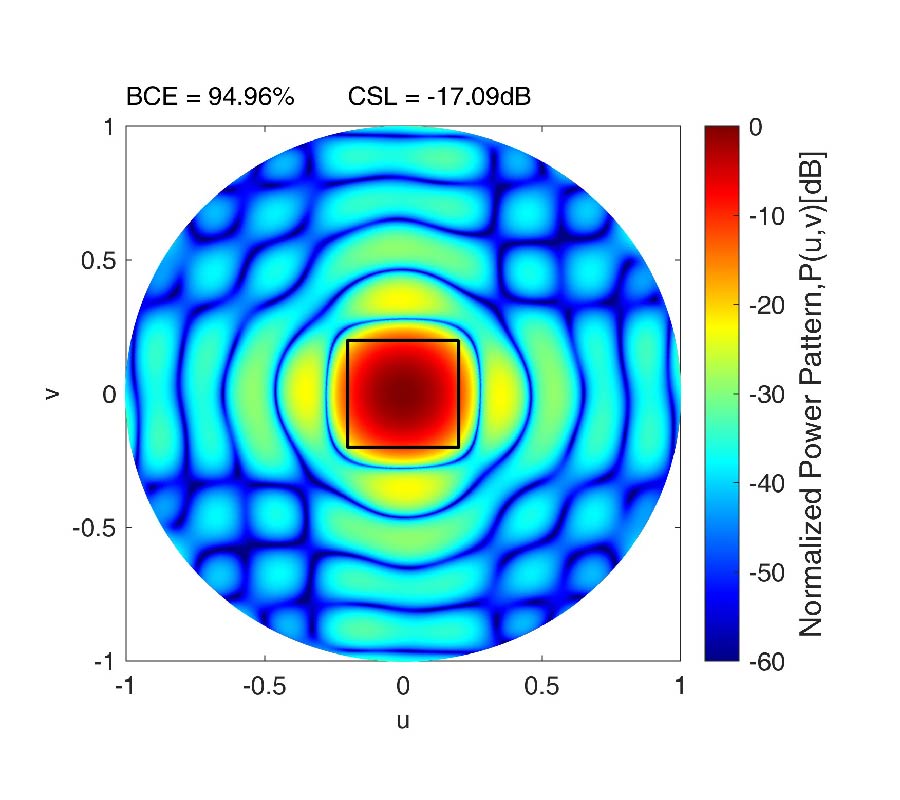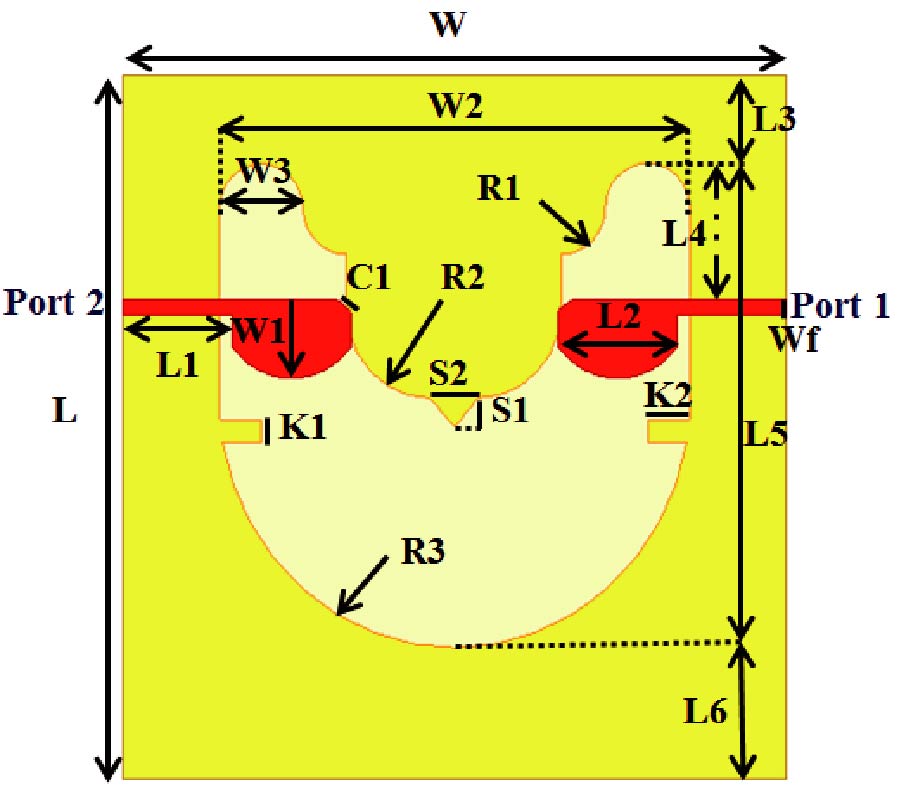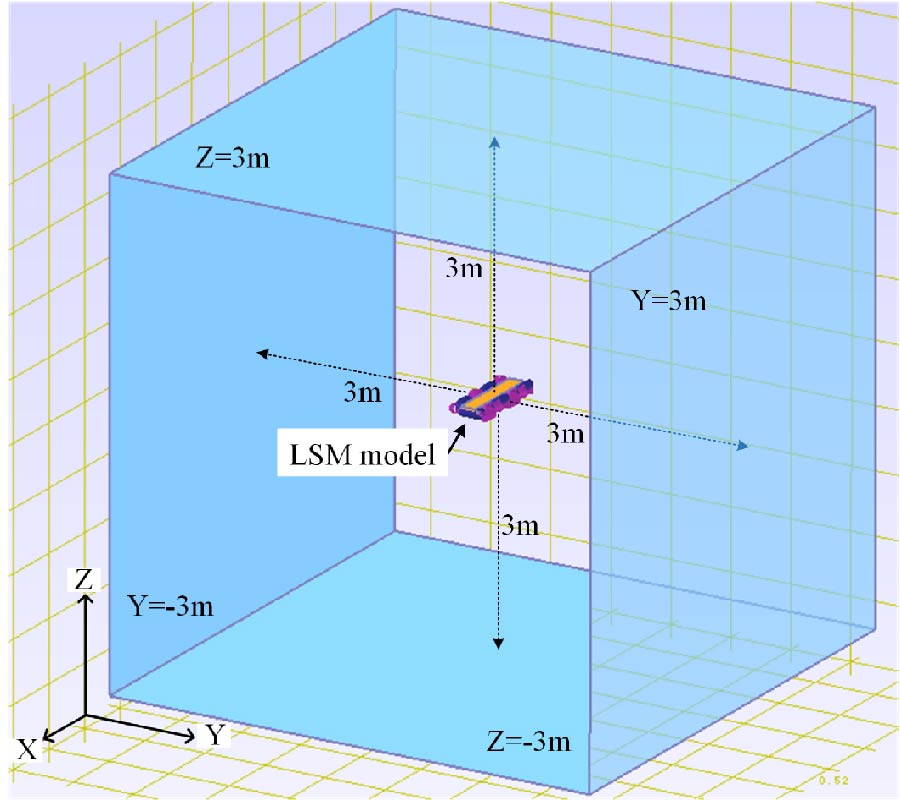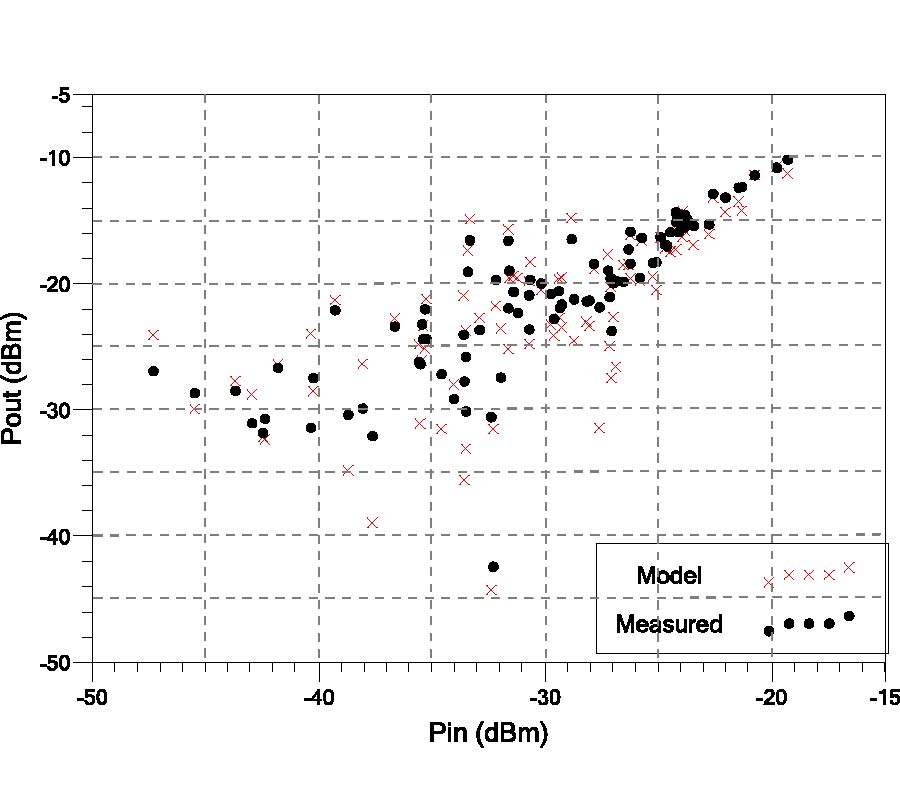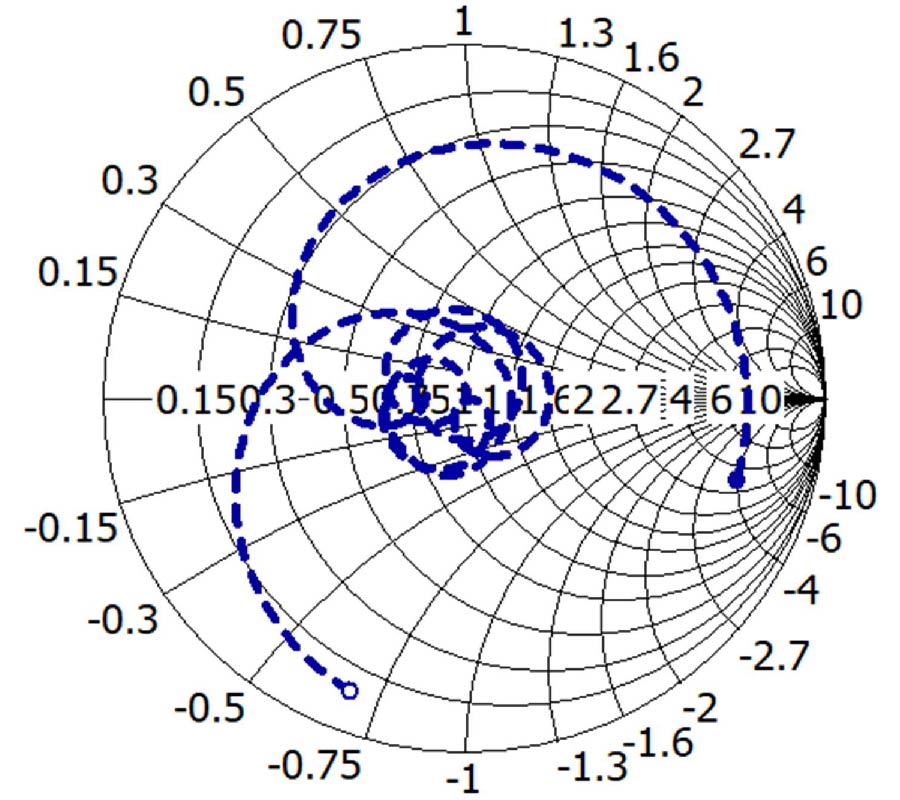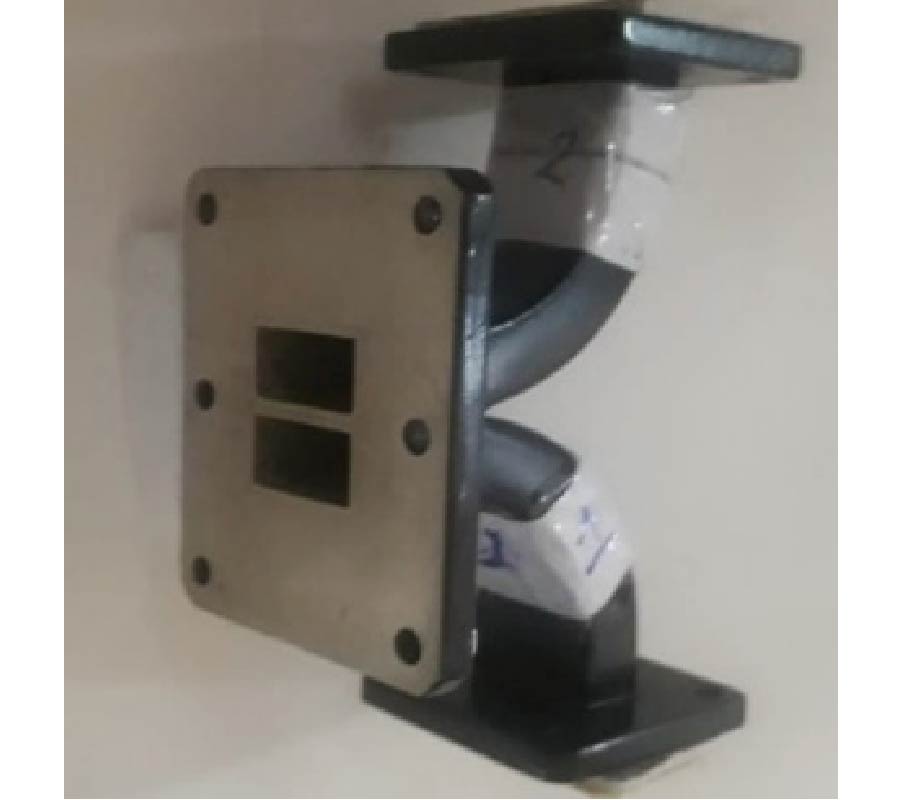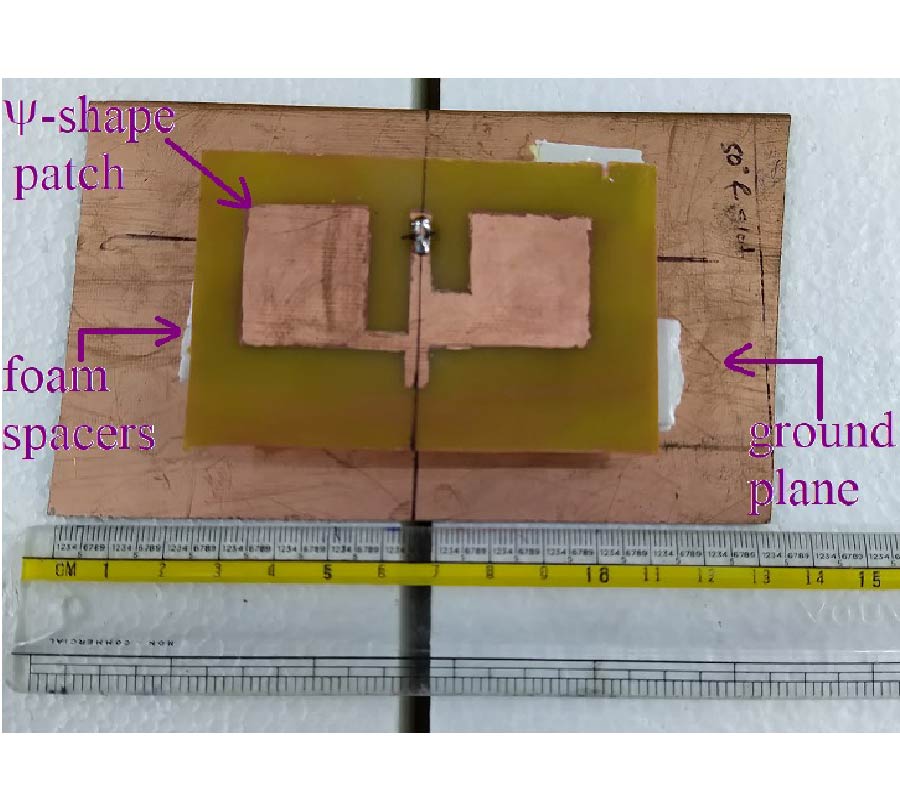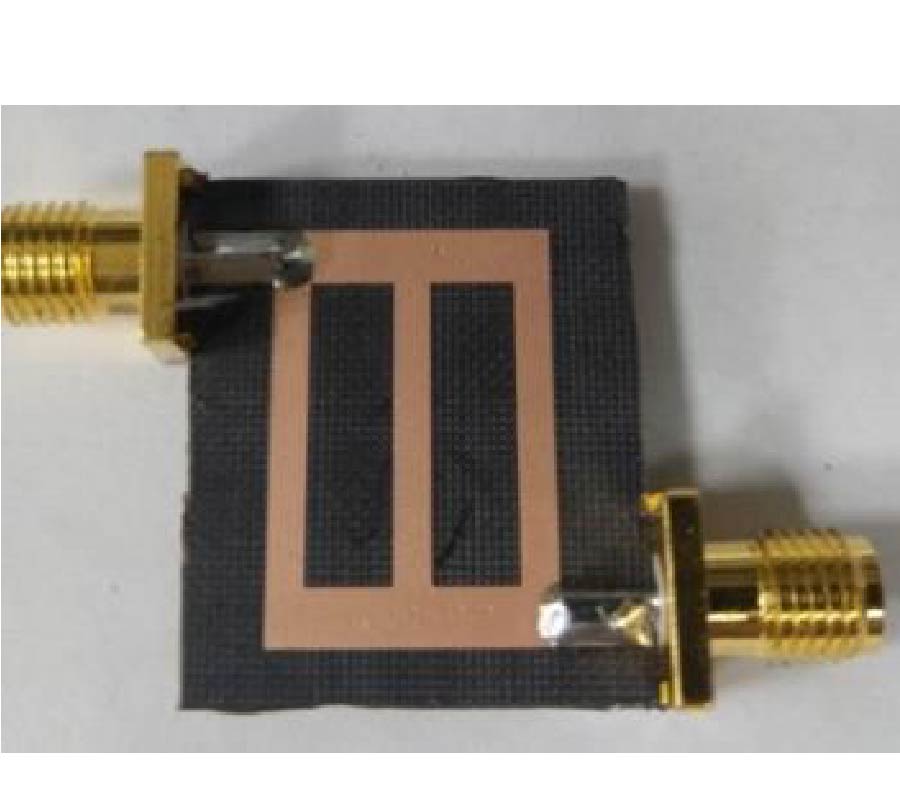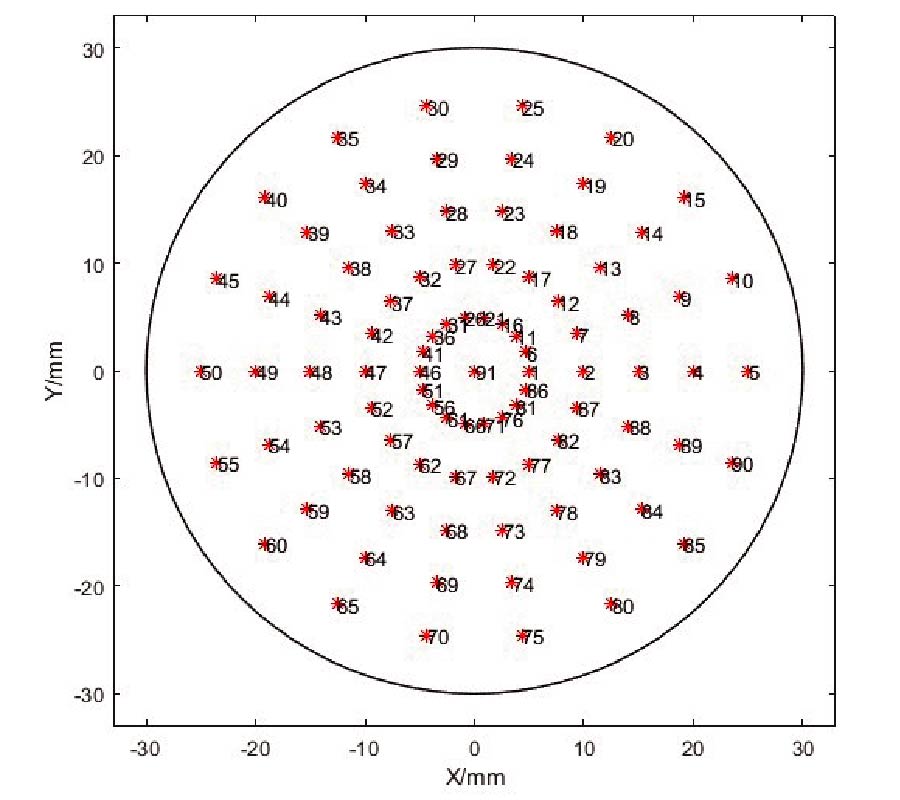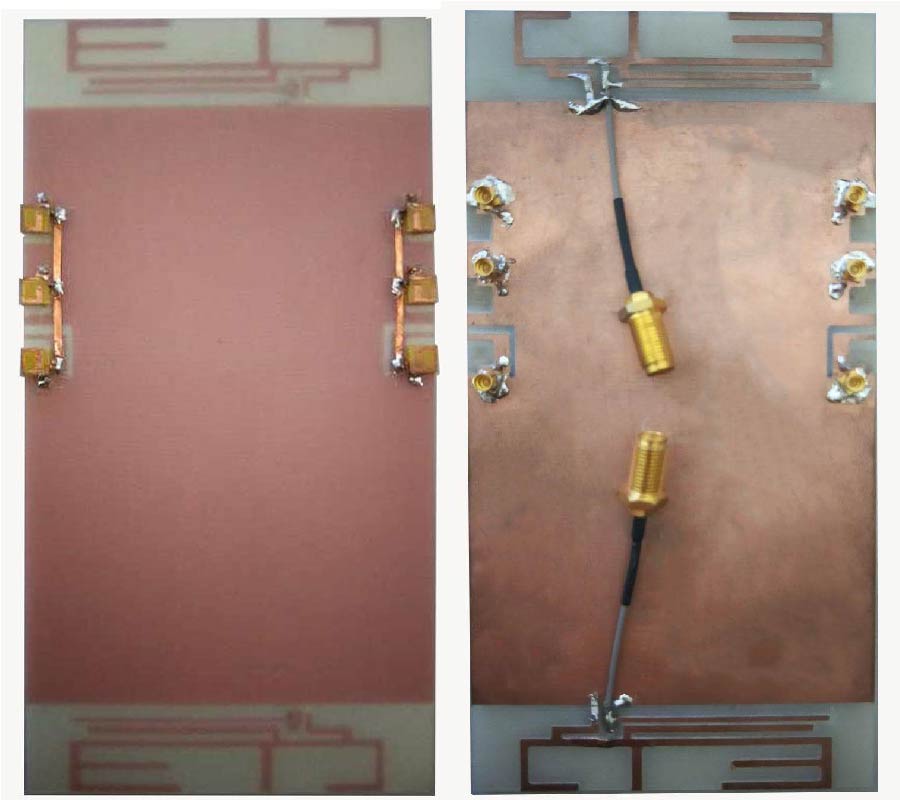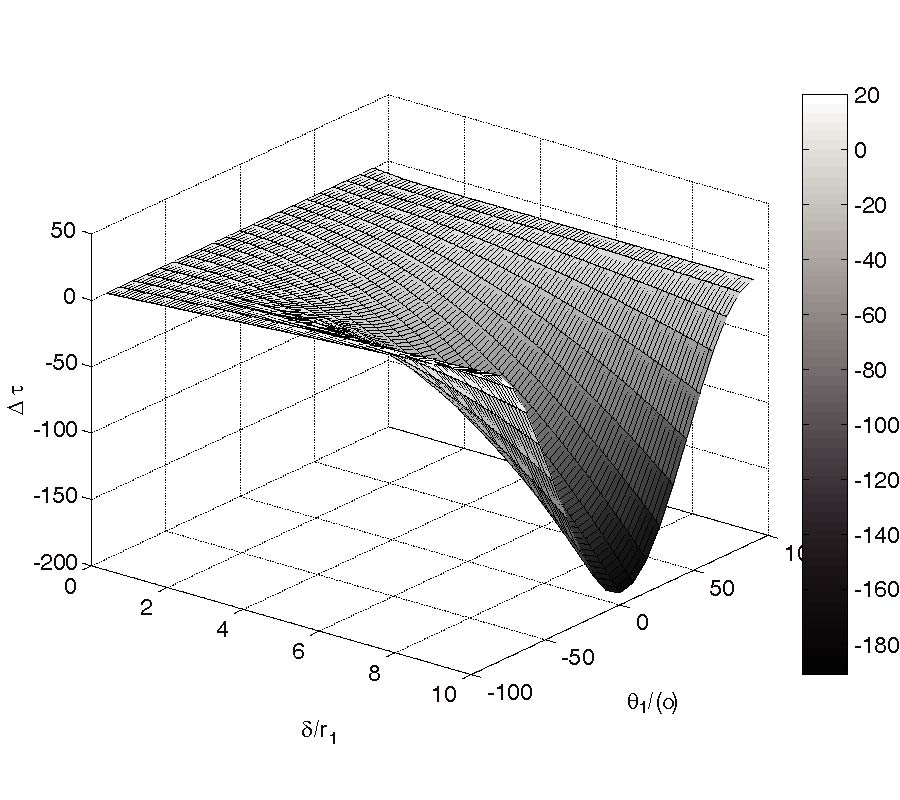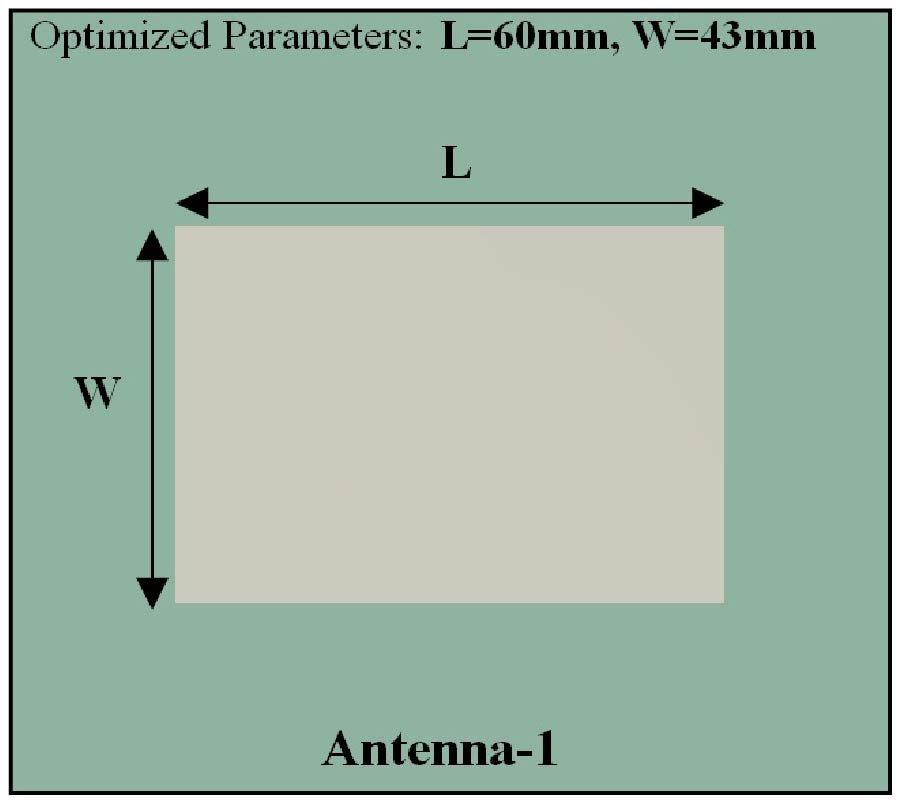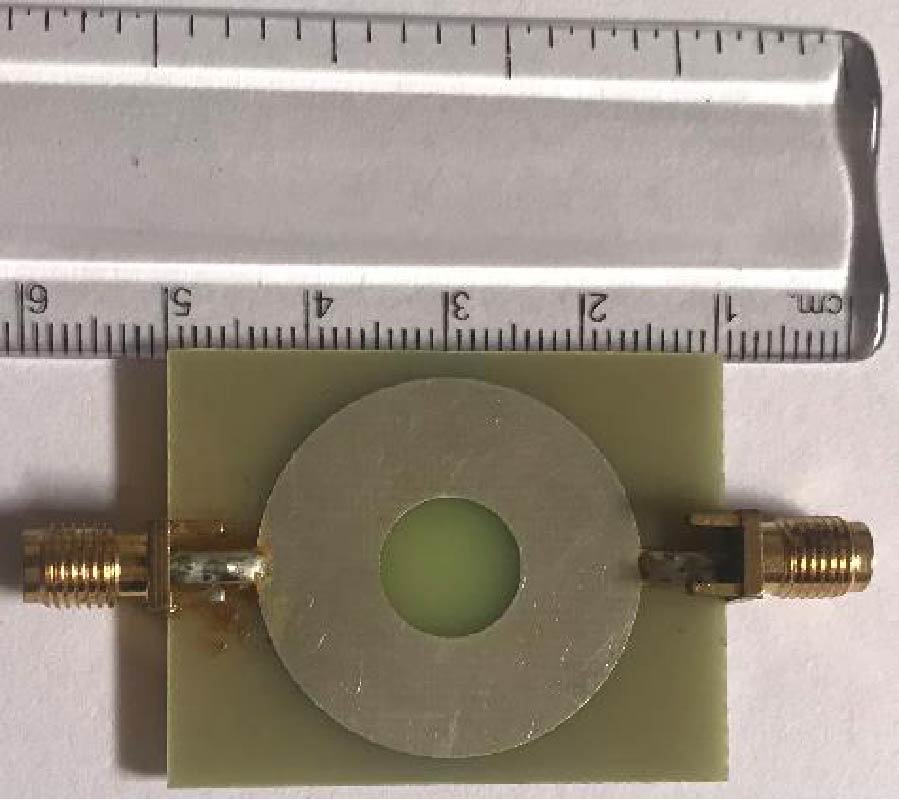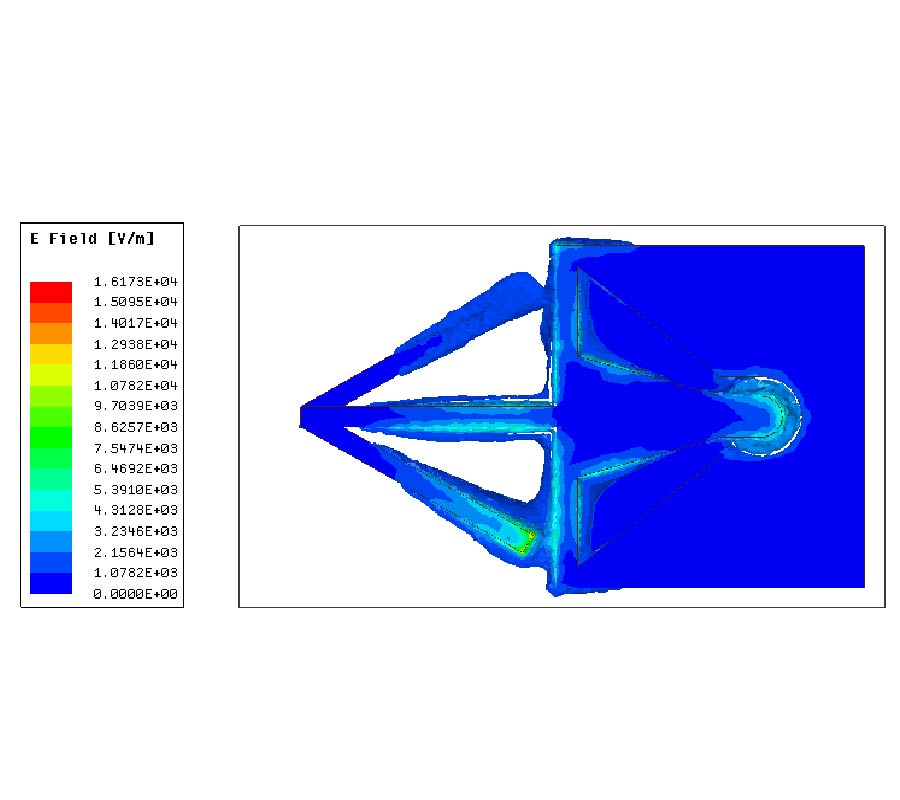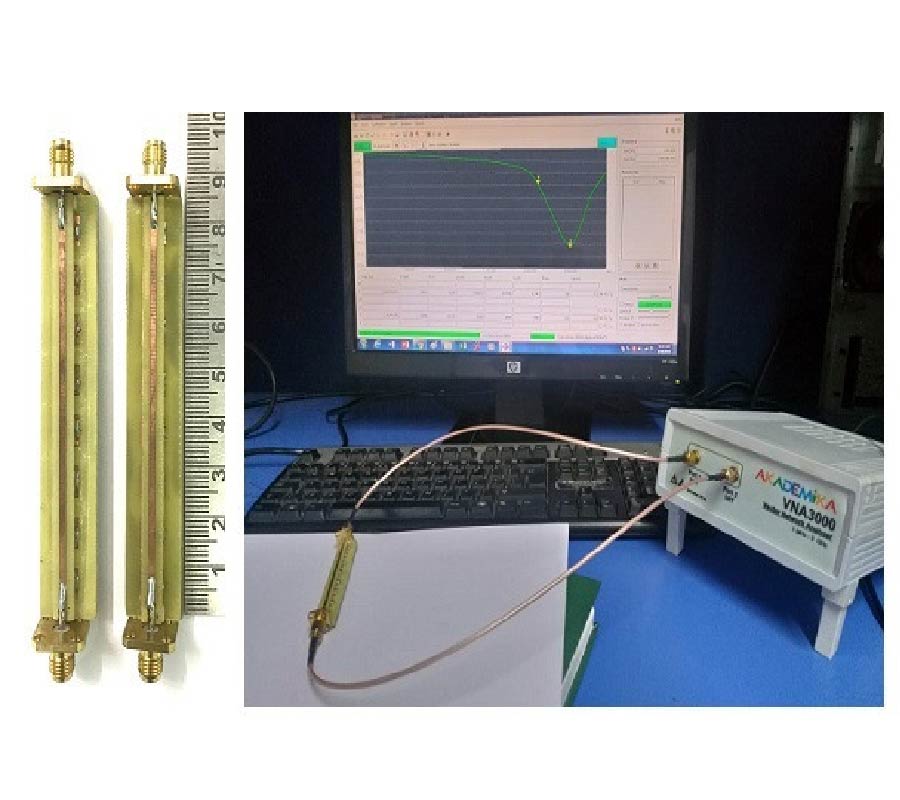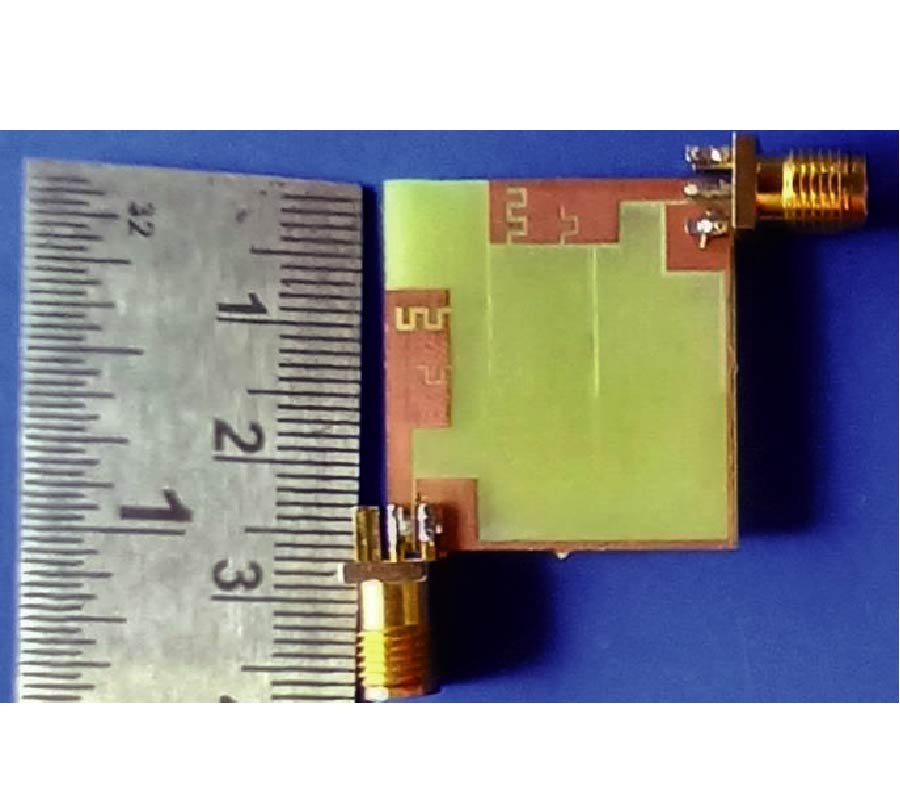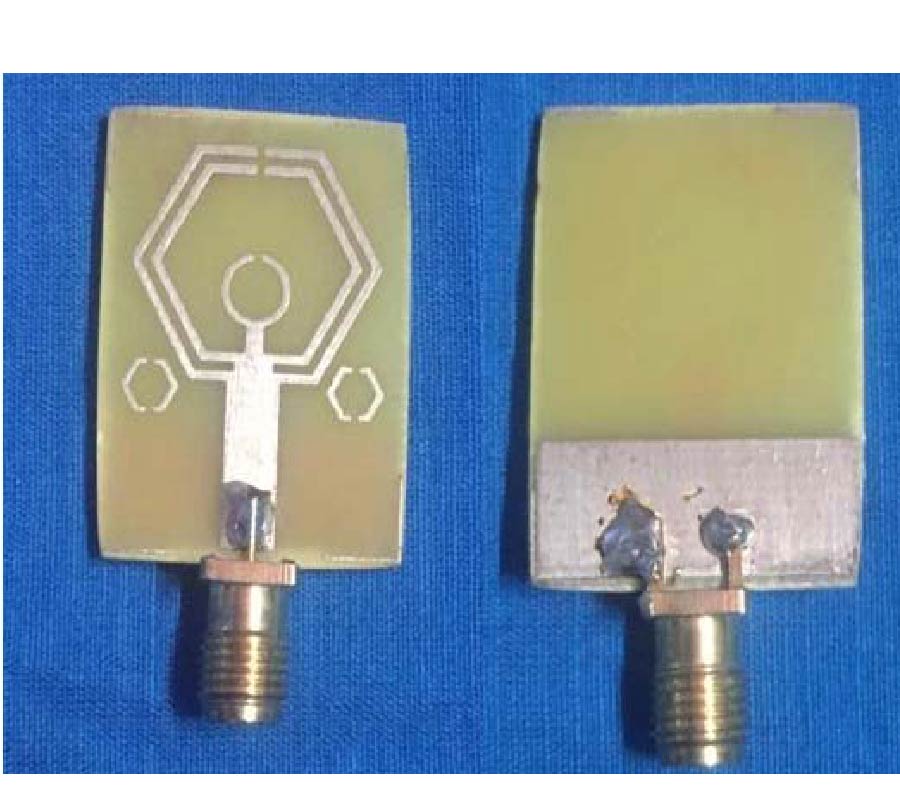Ac Low-Frequency Characterization of Stopband Negative Group Delay Circuit
Sofia Fenni,
Fayrouz Haddad,
Konstantin Gorshkov,
Bogdana Tishchuk,
Antonio Jaomiary,
Fabrice Marty,
George Chan,
Mathieu Guerin,
Wenceslas Rahajandraibe and
Blaise Ravelo
This paper investigates the original circuit theory on stopband (SB) negative group delay (NGD) passive topology. The basic specifications of SB-NGD function are defined by considering the voltage transfer function (VTF) of the passive circuit. An original design method and experimentation tests of SB-NGD circuit are developed. The innovative theoretical analysis is elaborated from both magnitude and GD analytical expression of the VTF model from the resonant LC-series network passive topology. The mathematical existence condition of SB-NGD aspect is analytically explored in function of R, L, and C component parameters. The formulations of the basic equations enabling the calculation of the lumped components of the SB-NGD passive circuit in function of the desired specifications as NGD cut-off frequencies, NGD value and attenuation are established. To confirm the effectiveness of the original SB-NGD circuit theory, a proof-of-concept (POC) of SB-NGD circuit board is designed, simulated, fabricated and experimented. As expected, despite the equivalent series resistor (ESR) effect of the inductor element, the theoretical modelling, simulation and measurement results are in good agreement. The SB-NGD behavior is confirmed with lower and upper cut-off frequencies, 0.7 kHz and 1.35 kHz, respectively. Furthermore, the corresponding NGD minimal values are -33 µs and -11 µs, respectively.
